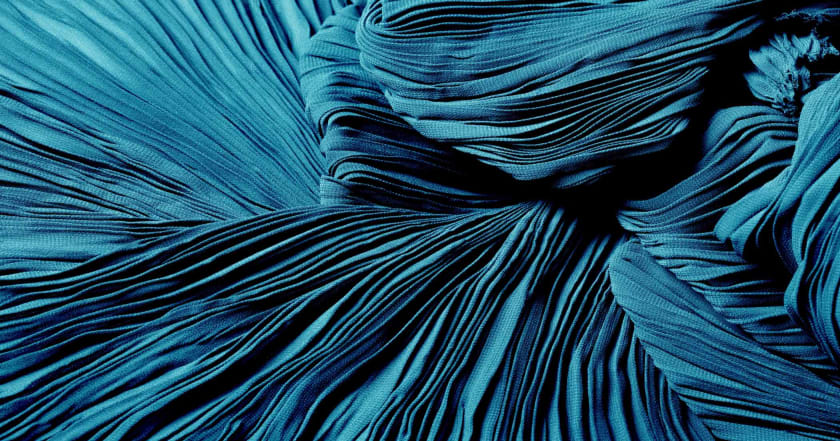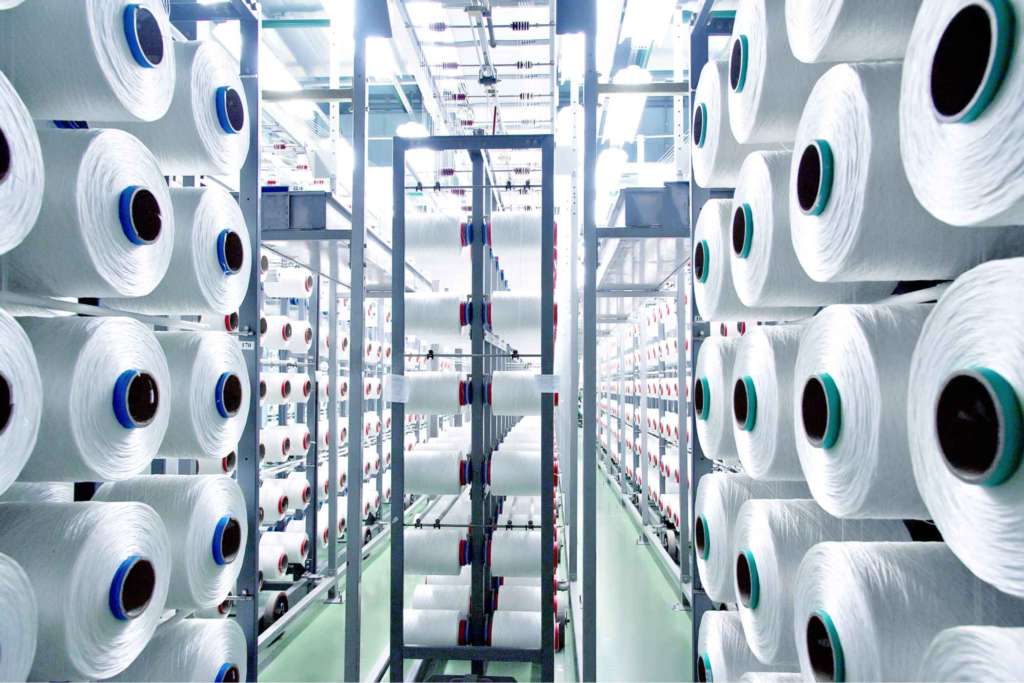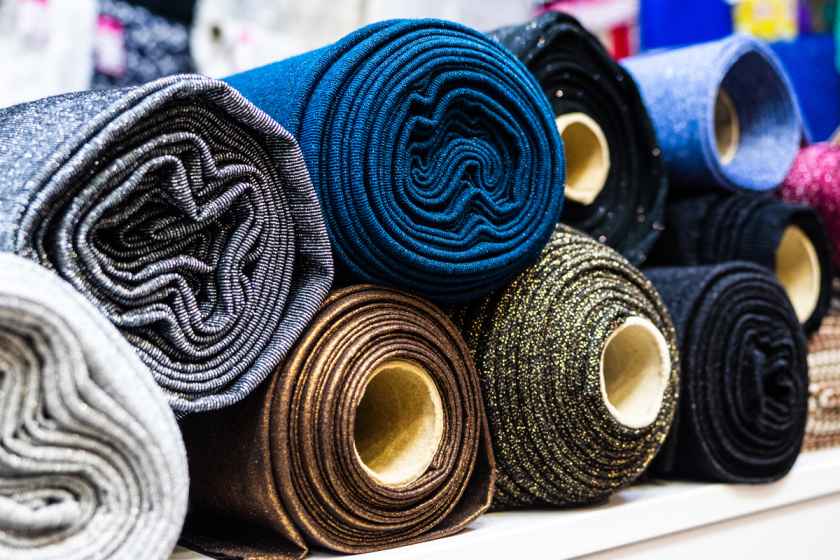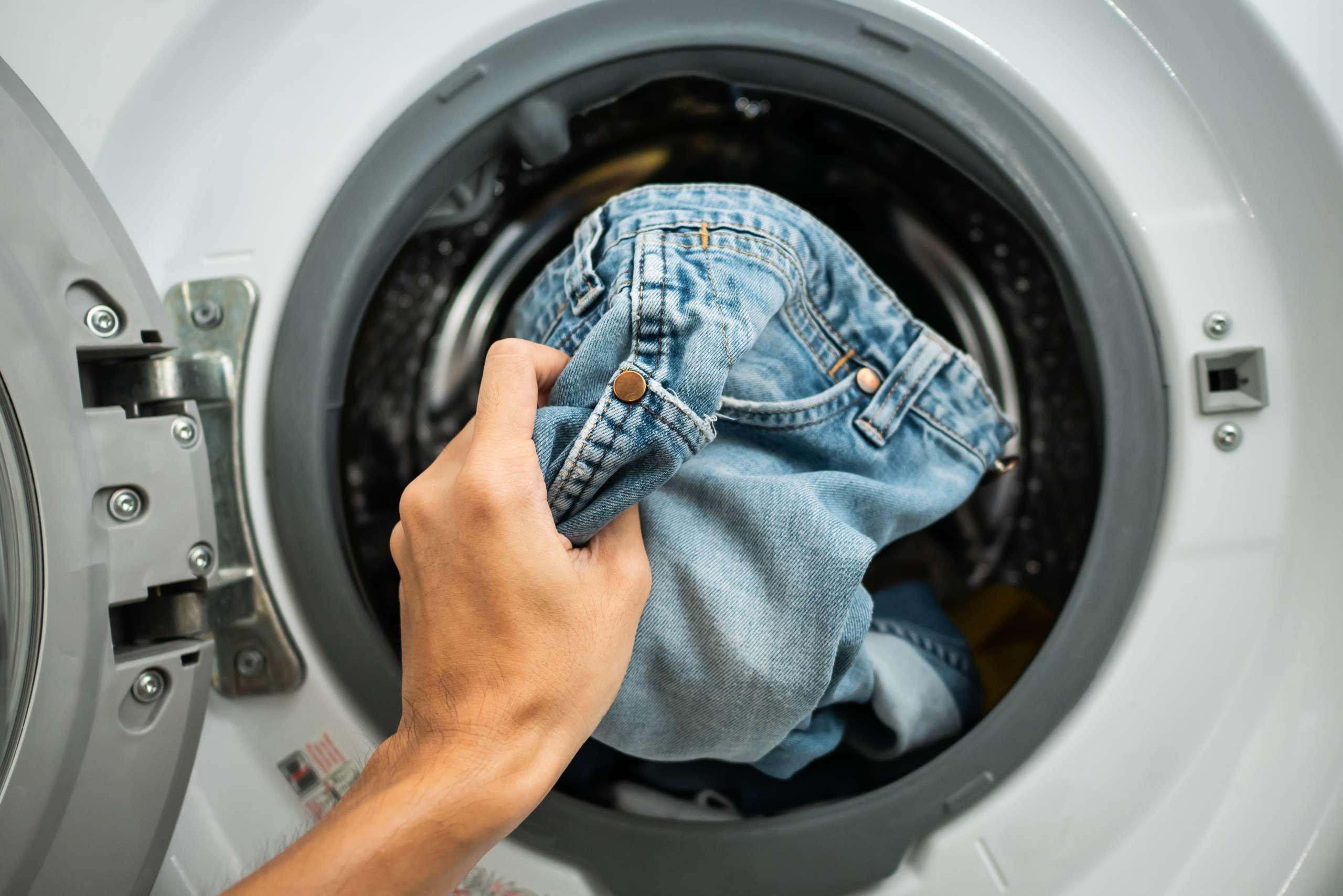A Master Course on Fabric Construction



Fabrics – Lifeline of the Fashion Industry
Fashion is a way of self-expression, both by designers and consumers. A whole range of products that contribute to it – shoes, bags, accessories, eyewear – is essential. However, one thing without which fashion is unimaginable, it has to be the clothes!
The colors, cuts, draping, and raw material with its properties, all put together make the playground for every designer who wants to make a mark in the fashion industry. Whether used for designing clothes or accessories, understanding textiles for a designer is a must. This course explains the basics of fabric construction and its impact on resulting products. By the end, one should understand what constitutes fabric and the best one for their designs based on fabric construction.
Fabric Lifecycle
As a designer or manufacturer in the fashion industry, one needs to understand how a material or fabric exists. Fabric is the purpose behind the entire fashion industry supply chain. An impact on one aspect will impact all other industry aspects.
The lifecycle or production of fabric is a complex process with some steps. However, the four basic steps involved are explained briefly below.

- Fiber Production – This step involves starting with raw material (natural material like cotton, wool, etc., or manufactured material like polyester, rayon, etc.) and converting them into fibers for further use to make the final fabric.
- Yarn Manufacturing – The finished fibers are then converted into different yarns, used to make the actual fabric. Yarn varies by thickness or number of threads used, among other factors.
- Fabric Manufacturing – This is the fabric construction process where the material takes the shape of a cloth. It is using this fabric that different dresses and accessories are designed. Thus, having a thorough understanding of this phase, the fabric construction, and its expected properties is critical for every designer.
- Textile Chemical Processing – This is the step where fabric finishing takes place, involving steps that can help reduce the impact of wear and tear, color fastening, etc.
Deconstructing Fabric Construction
Learning the wide variety of fabrics used worldwide may appear to be a daunting task for a beginner. But it is simple, primarily if the basics of fabric construction are correctly understood. Properties of the fabric may define its practical usage, governed by the fabric construction method. Thus, it is essential to understand each process and its impact on the final fabric.
According to a broad level of classification, there are four types of fabrics.
Woven Fabrics
It is the simplest and most common method of fabric construction. Traditionally done with the help of a hand-loom, today, power and automatic looms weave. Weaving enhances the strength of the material, makes it more flexible, and helps create a huge variety in the finished products.
An interlacing method in which two sets of straight yarn are woven together at different angles. These sets are known as warp (length-wise) and weft (width-wise). The warp needs to be rigid and stronger than the weft. Hence, before the weaving process, warp yarns are at times starched. There are three basic types of weaves used in all fabric construction.
- Plain Weave (1/1) – This is the easiest yet most popular weave that fabric can have. Here, one warp is interlaced with one weft at a right angle. The end of the weft is then double-backed to continue the weave in the other direction. This edge, known as the selvage, prevents the fabric from fraying at that end.
The plain weave lends additional strength to the fabric, as the fibers are tightly held together. Its use of one warp fiber with one weft fiber is sometimes referred to as 1/1. Visually this particular weave is like a mesh.
However, that doesn’t mean all the fabric created using this method appears similar. The variety offered by this simple fabric construction method is astonishing. Some familiar fabrics with a plain weave are Flannel, Chiffon, Poplin, Buckram, Muslin, and Canvas.
- Twill Weave (2/2) – This weave uses interlacing two warp fibers with two weft fibers. The additional property of the Twill weave is, the interlacing happens in a diagonal pattern. The diagonal pattern contributes to giving strength to the material, making it sturdy. Some common examples of fabrics made using twill weave are denim, corduroy, and chevron.
- Satin (4 or more/1) – While most people are familiar with satin fabric's soft, glossy appearance, not many know how it gets that appearance. The fabric construction of satin is responsible for its well-known appearance. In this case, 4 or more warp fibers are interlaced with a single weft fiber or vice versa. The pattern ensures one side of the fabric has a matte appearance and the other a shiny, glossy feel.
Knitted Fabrics

Another popular method of fabric construction is knitting. In this method, instead of straight threads for interlacing, the fibers are interlocked by loops made by single or multiple yarns. It is a standard method of making sweaters and other winter wear. Wool is a fiber that can be quickly knitted. However, knitted fabrics are not limited to woolen materials. There are other examples. Depending on the type of knitting, there are two types of knitted fabrics.
- Weft Knitting – This is the common method, where a single fiber is used for knitting. The final fiber is stretchable and used to make clothing like T-shirts, sweatpants, and other sportswear. However, a single cut in the fabric can unravel the whole garment.
- Warp Knitting – This method involves knitting multiple threads of fiber. The process can become cumbersome to manage by hand. Thus, typically, machines are used to carry out warp knitting.
Non-woven Fabrics
In this fabric construction method, the fibers are neither interlaced nor interlocked. Instead, they are bound together by using either adhesives or heat. Thus, the fibers are not interconnected but are stuck together. Recently, this method has been gaining popularity and is currently used to make shoes and other footwear.
Braided Fabrics
As the name suggests, three or more fibers or yarn are braided together during fabric construction in braided fabrics. This leads to a tubular or flat structure—ideal for making belts, accessories, or trimmings.
Fabric construction also employs crisscrossing of threads (used in laces) or knotting (used in nets, door hangings, etc.). However, the ones outlined are the most well-known methods and form the bulk of the fabric construction process.
For more information about the fashion industry, head over to Fashinza, an end-to-end platform dedicated to all things fashion.



















